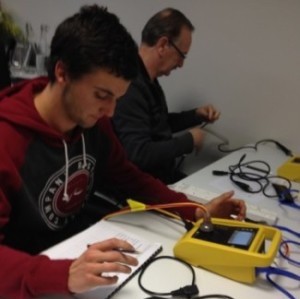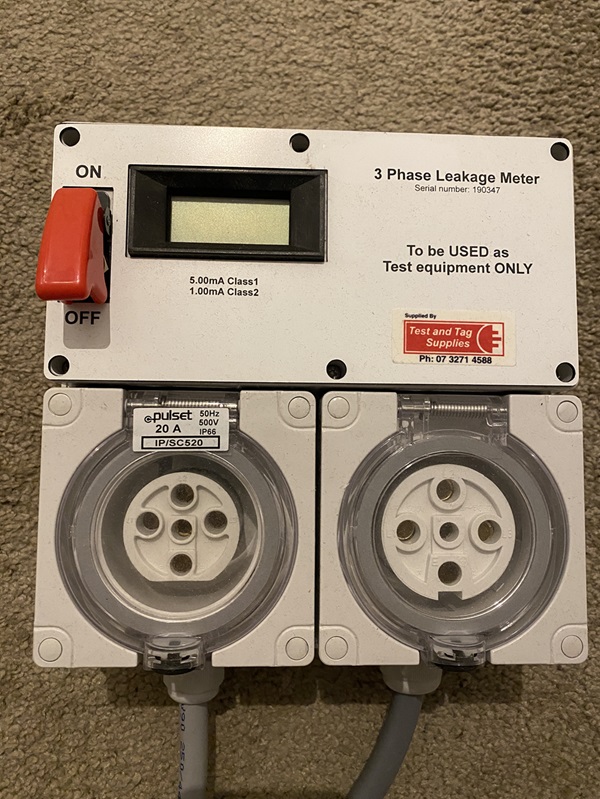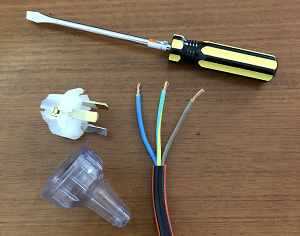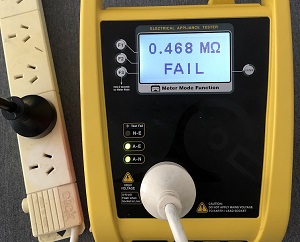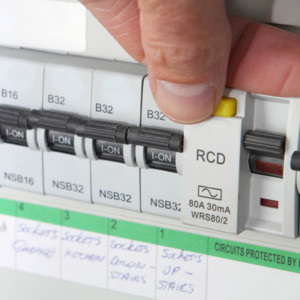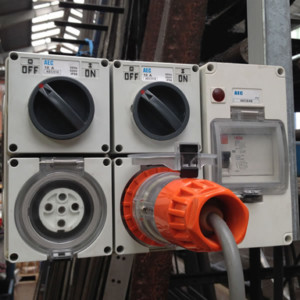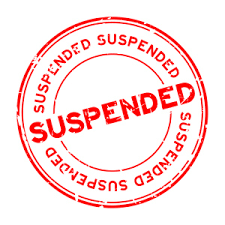How Does CoVid-19 Effect Our Training Courses?
Announcements have been made today by the Federal and various state governments about measures being taken to control and manage the CoVid-19 disease. So how will these effect the training courses we run?
As much as I wish it were true, we do not run courses with 500 or more students at any one event. We limit our classes to a maximum of 6 students to ensure every student gets very personalised tuition so the restrictions on large gatherings do not apply to us. Courses will proceed subject to numbers. Check upcoming dates.
As part of the classroom based learning experience, students get opportunity practice doing visual and physical checks on a number of appliance and use both a manual and automated tester. To reduce the risk of contamination, we will be implementing a program of having the sample appliances and test equipment wiped over with a suitable disinfectant. The recommended program of thorough hand washing by student will also be strongly encouraged.
Whilst the risk of catching the CoVid-19 disease remains fairly low, these simple steps will help minimise any risk of cross contamination by students.
For those who still have some concerns, our online course is a viable alternative well worth considering.
About the coronavirus (COVID-19) health alert
The World Health Organization has announced that COVID-19 is a pandemic.
The Australian Health department has issued a health alert. Details and updates can be found on their web site.
Government response to the COVID-19 outbreak
Australia is prepared for major incidents like pandemics.
The Australian Government’s health response to the COVID-19 outbreak aims to:
- minimise the number of people becoming infected or sick with COVID-19
- minimise how sick people become and the mortality rate
- manage the demand on our health systems
- help you to manage your own risk and the risk to your families and communities
Who manages the response
State and territory governments are mainly responsible for health matters.
When a major health issue like COVID-19 faces our country, they:
- work together with the Australian Government
- share information to provide the best possible care
- ensure the approach is consistent and integrated across our country
The Australian Health Protection Principal Committee (AHPPC) coordinates this and makes the key decisions.
The AHPPC is made up of:
- the Chief Health Officers from each state and territory
- the Chief Medical Officer
- representatives from key departments
It is meeting daily to assess the risk to Australia and recommend public health actions. The AHPPC also endorsed the Government’s emergency response plan.
Our response plan
The AHPPC endorsed the Australian Health Sector Emergency Response Plan for Novel Coronavirus on 17 February 2020.
The Prime Minister activated the response plan on 27 February 2020.
The plan:
- guides the response of Government health agencies
- makes sure the actions are well coordinated
- outlines the 4 main stages of the response — initial action, targeted action, stand-down, preparedness
As we learn more about COVID-19, we are:
- regularly reviewing our response
- moving resources into activities that are working well
- scaling back activities that are not working
The plan focuses on government activities. But many government and private agencies are working together to support the Australian Government response.
What we are doing now
To reduce the risk of COVID-19 spreading through international travel, the Government is:
- applying travel restrictions to reduce visitors from high risk countries
- continuing to screen travellers who arrive in Australia
- continuing with border surveillance
- applying enhanced border measures at international air and sea ports, including announcements and signs
The Government is also:
- delivering a $17.6 billion economic support package to encourage investment and keep people in jobs
- delivering a $2.4 billion health package to protect all Australians, especially those most vulnerable
- securing face masks to help protect our medical professionals
- tracing coronavirus cases
- providing information in English and Chinese based on the latest medical advice, including through Facebook, Twitter, Weibo, WeChat and Chinese newspapers
State and territory health authorities are:
- testing people suspected of having the virus
- monitoring close contacts of confirmed cases every day
What you can do
Members of the public can take part in the response to COVID-19. Here are some things you can do:
- stay informed through our COVID-19 health alert, which is updated every day
- keep in touch with friends and family to make sure they’re well
- take steps to protect yourself and others, such as practising good hygiene and quarantining yourself if you’re sick
- be a smart traveller — read our COVID-19 advice for travellers
This information was sourced from Department of Health web site 15/3/2020

